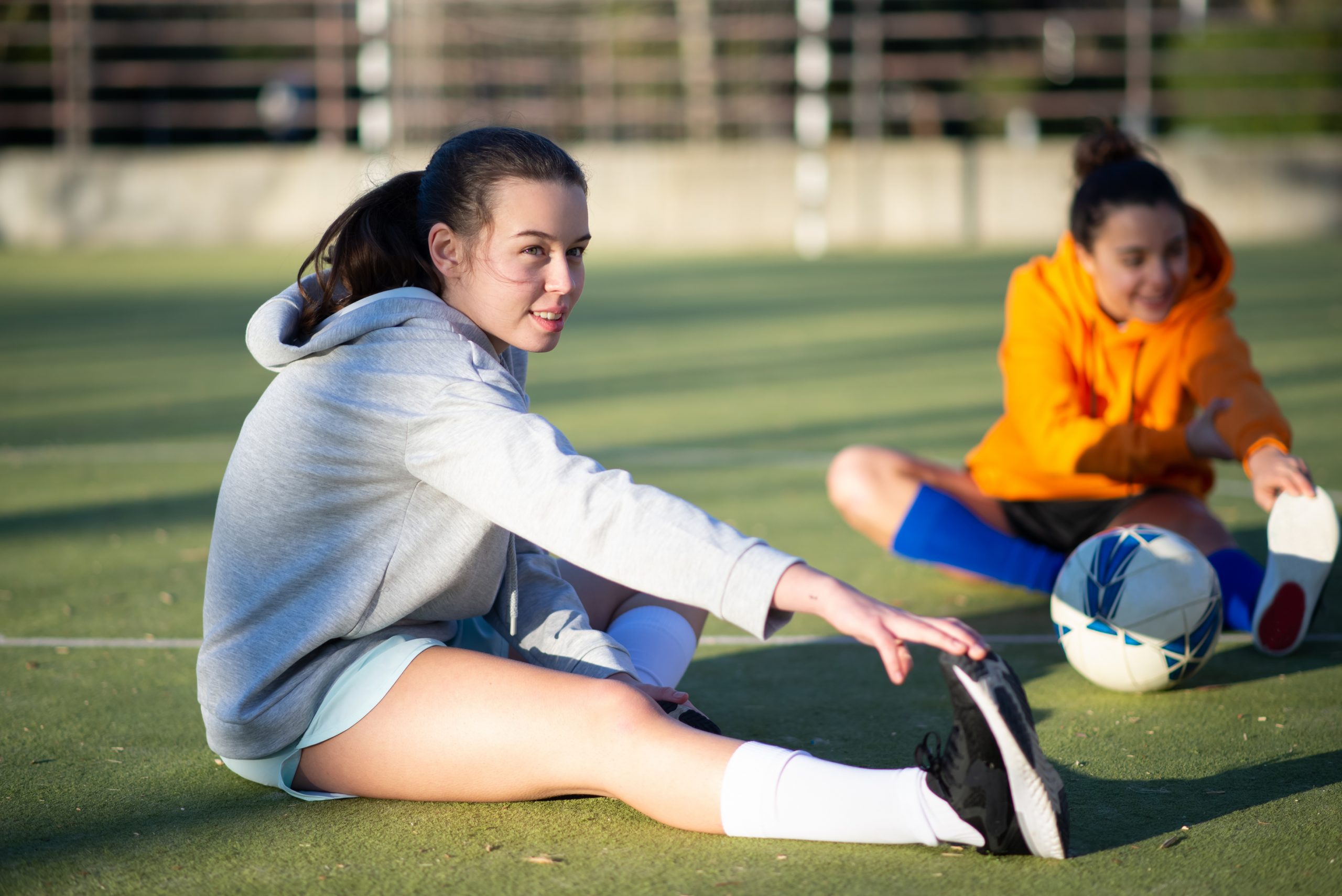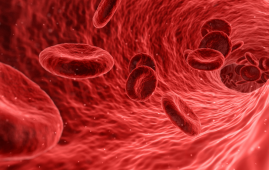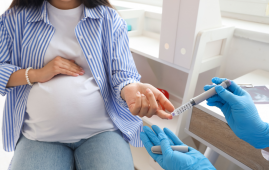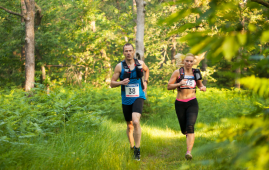

While the United States women’s national soccer team competes in the FIFA Women’s World Cup in Australia and New Zealand, many amateur players may be motivated to take up the game at home. A Baylor College of Medicine athletic trainer shares advice on playing safely and avoiding injuries.
“Ankle and knee sprains, muscle strains, contusions and abrasions are the most common injuries for soccer players,” said Leah Palmer, senior athletic trainer manager in the Joseph Barnhart Department of Orthopedic Surgery. “Female players have a higher risk for more serious injuries such as ACL tears.”
Heat-related injuries are widespread throughout the hot summer months, therefore Palmer emphasizes the necessity of water to avoid harm.
“Don’t just drink water right before you play,” Palmer said. “Get in the habit of hydrating throughout the day, while you’re playing and after you play. Know your limits. If you are feeling tired and don’t feel that you can be at 100%, then take a break, have some water and maybe a small snack, then get back at it.”
Palmer recommends a short warmup, such as a 5-minute jog, followed by stretching before you begin playing. Don’t forget to stretch when you’ve finished playing. To avoid accidents on the soccer field, make sure you have the proper equipment and a safe playing surface. Wear correctly fitted soccer cleats and shin guards to protect your legs from contusions and abrasions.
“Check the playing surface for holes, rocks, trash or other objects. Try to remove those obstacles or make sure everyone is aware of them,” Palmer said. “As an athletic trainer, this is one of the first things we check to help prevent injuries.”
Palmer recommends rest, compression, and elevation if you are injured while playing soccer. Icing the damaged region for 20 minutes to relieve discomfort may also be beneficial, as may over-the-counter pain relievers like ibuprofen or acetaminophen. Palmer recommends contacting a doctor if you can’t bear weight on the damaged body part or if you have persistent discomfort or swelling that doesn’t go away after a few days. A brace, physical therapy, a home exercise regimen, or nonsteroidal anti-inflammatory medicine may be required for knee and ankle sprains. Serious injuries may necessitate an MRI to provide an in-depth examination of the affected area.
more recommended stories
 Fat-Regulating Enzyme Offers New Target for Obesity
Fat-Regulating Enzyme Offers New Target for ObesityKey Highlights (Quick Summary) Researchers identified.
 Gestational Diabetes Risk Identified by Blood Metabolites
Gestational Diabetes Risk Identified by Blood MetabolitesKey Takeaways (Quick Summary for Clinicians).
 Pelvic Floor Disorders: Treatable Yet Often Ignored
Pelvic Floor Disorders: Treatable Yet Often IgnoredKey Takeaways (Quick Summary) Pelvic floor.
 Circadian Control of Neutrophils in Myocardial Infarction
Circadian Control of Neutrophils in Myocardial InfarctionKey Takeaways for HCPs Neutrophil activity.
 E-Cigarette Use and Heart Attack Risk in Former Smokers
E-Cigarette Use and Heart Attack Risk in Former SmokersKey Takeaways for Clinicians and Nurses.
 Ultramarathon Physiology: What HCPs Should Know?
Ultramarathon Physiology: What HCPs Should Know?Ultramarathon Metabolism: What Happens to the.
 High-Intensity Training and Oxidative Stress Insights
High-Intensity Training and Oxidative Stress InsightsNew Evidence Linking High-Intensity Training and.
 Sterilized Fermented Beverage for Obesity: New Evidence
Sterilized Fermented Beverage for Obesity: New EvidenceEarly Insights Into a Sterilized Fermented.
 Cardiovascular Risk and Sudden Cardiac Death in Diabetes
Cardiovascular Risk and Sudden Cardiac Death in DiabetesRising Sudden Cardiac Death (SCD) Risk.
 Perinatal Mental Health Challenges Highlighted in New Study
Perinatal Mental Health Challenges Highlighted in New StudyMental Health Challenges in New Parents:.

Leave a Comment